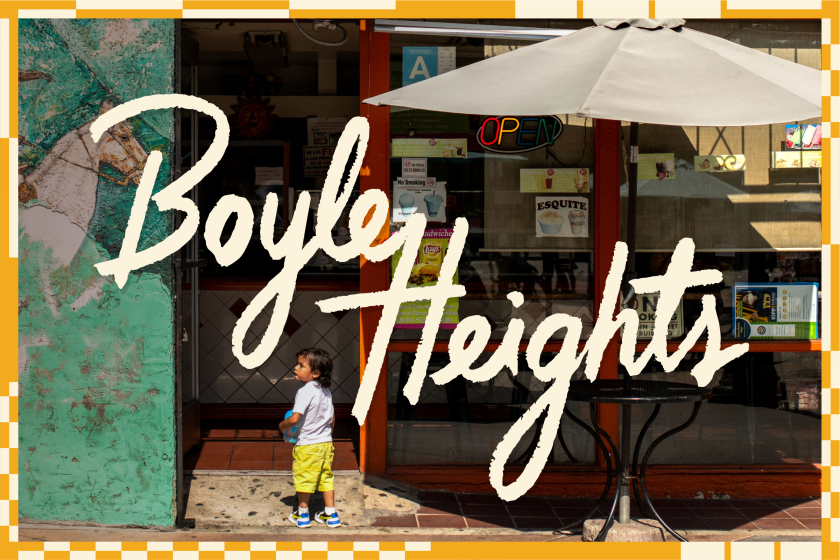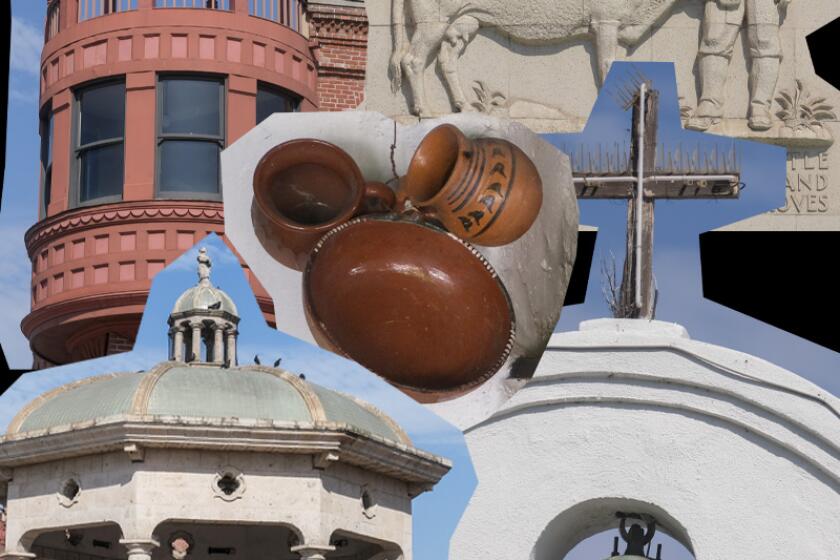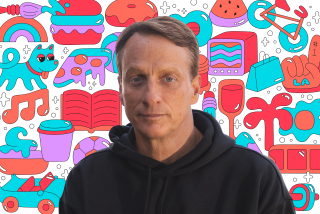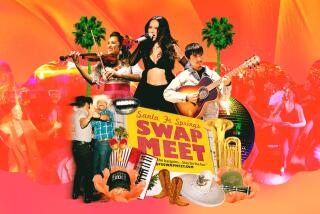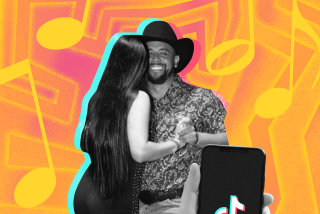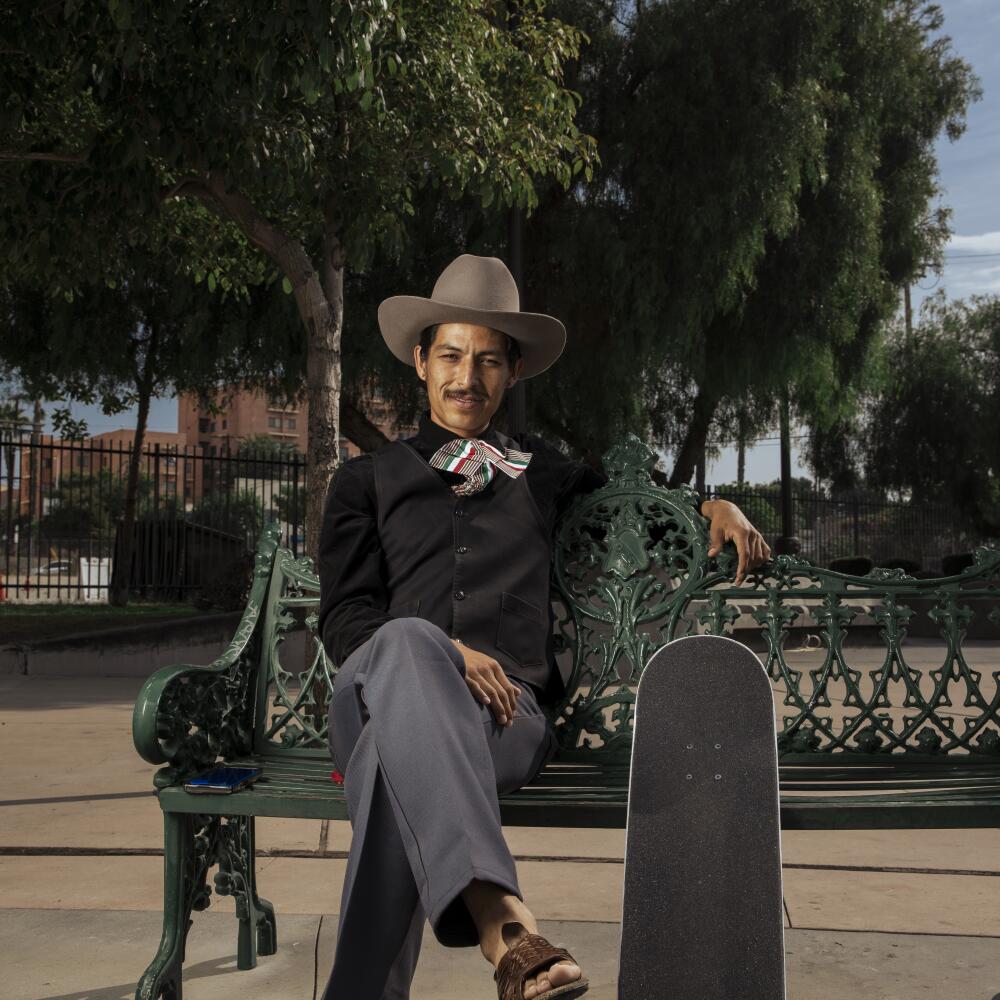
When Steve Corona enters Mariachi Plaza in Boyle Heights, he immediately becomes a part of the performance.
The melodic guitars are accompanied by the clatter of skateboards landing. Trumpets and stringed instruments harmonize with skate trucks grinding. Powerful Mariachero voices fill the plaza and reverberate all the way to Vicente Fernández Street, named to honor the late Mexican ranchera singer.
Ask any local to define the neighborhood and they’ll tell you it’s the ‘real Eastside.’
A quick look at Corona’s outfit— tio-core jeans, gold chain, buttoned-up long-sleeved collared shirt — would make anyone do a double take and think that mariachis are replacing their instruments with skateboards and their botas with skate shoes.
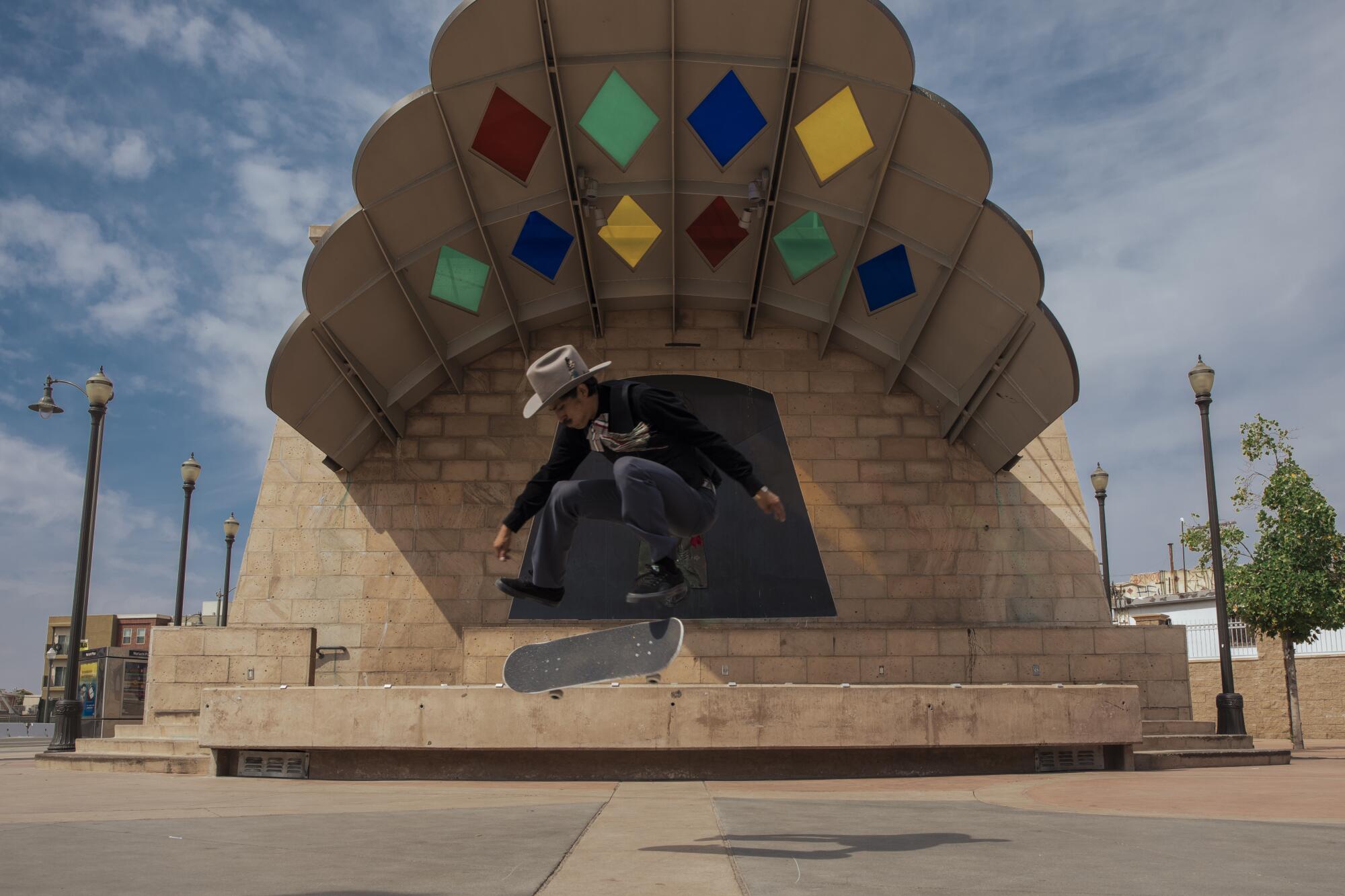
“There is no way to dress as a skateboarder,” said Corona. “I’ve gone through different styles to find this one.”
Corona went viral in late July after posting a video of himself skating to Fernández’s “Acá Entre Nos” while decked out in what he calls his “Pati-Charro” aesthetic. The first video was a promotion for the grand opening of InnerCity Skate Shop in Lincoln Heights — he’s also employed there.
Corona says he had long entertained the idea of skating in clothes that represented his Mexican culture, to merge his two worlds. Since the viral video, Corona has been uploading more skating clips of himself to Instagram not just wearing these types of outfits, but also using Mexican music as their soundtrack. Past videos have featured the likes of Cornelio Reyna, Chalíno Sanchez and Ramón Ayala. Skateboarding has always been synonymous with punk rock and now hip-hop. Why not establish that association with rancheras, folk anthems and mariachi music, he figured.
Where can you go in Los Angeles to uncover these stories? Here are 10 interesting and historic places to learn or think about L.A.’s Mexican history.
“This is my roots” he said, adding that these songs conjure childhood memories, of his mother singing along.
“I didn’t put the songs and sombrero on for likes,” Corona said. “I could have played any song, but that’s just what resonated with me more. The old-school classics that my mom and dad used to play.”
Corona’s videos present a virtual tour of the Eastside through his lens. Growing up in Boyle Heights, Corona frequented local skate spots like Hollenbeck Skate Plaza, Ramon Garcia Recreation Center, Sunrise Elementary School and Pecan Recreation Center. The clips exhibit the life of a first generation Latino skateboarder in Los Angeles and Southern California.
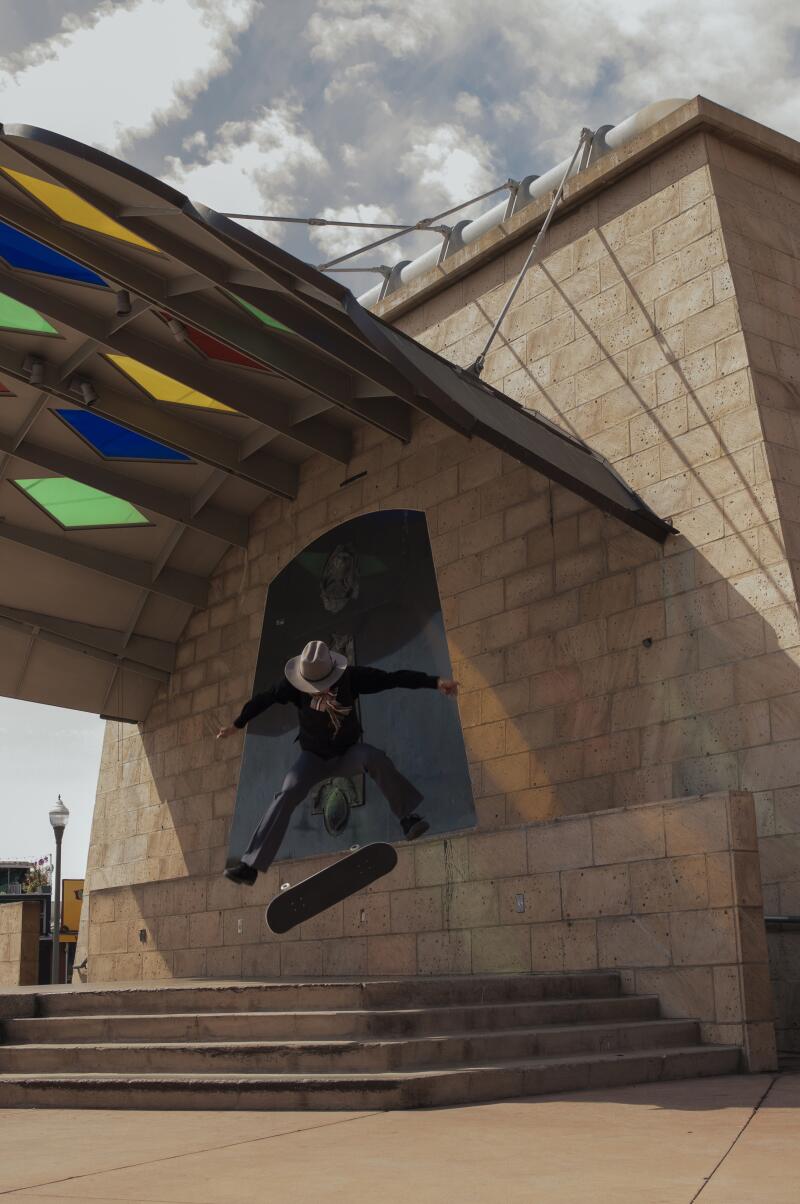
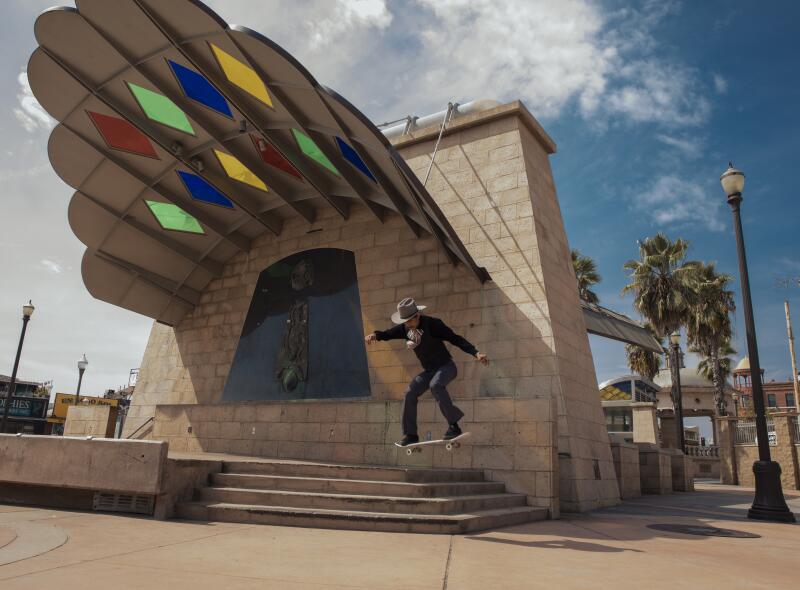
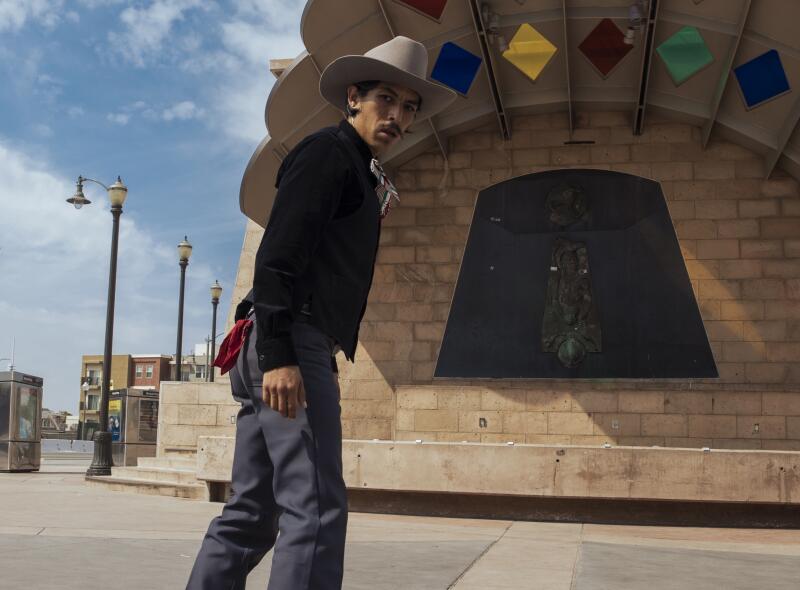
(Juli Perez/De Los)
Musicians have shared Mariachi Plaza with skateboarders for many years. The plaza’s kiosk — given to Los Angeles by the Mexican state of Jalisco in 1998 — and its surrounding area is an ideal skate spot; the plaza has open space for flat ground tricks and ledges for grinds. Skateboarders usually get kicked out of street spots, but in Mariachi Plaza they are as common as the vendors selling atole y champurrado on the corner of 1st and Boyle.
Corona had no idea his videos would garner much attention. Since posting skate videos on Instagram, Corona has earned endorsements from Honda Latino and Pachuco Supply. Four wheels, a wooden board and a sombrero have taken Corona further than he could have ever imagined.
“My dream is just to keep skating, and if I can impact someone into a purposeful life, or just show them a different perspective, then by all means, my job is done,” Corona Said.
Showing people a different perspective is what Corona has been doing since he was young. Corona’s father, Juan Manuel, had a different vision for his son’s life. He wanted Steve to become a professional soccer player, to be anything but a kid who spent his days balancing on a wooden board and polyurethane wheels.
Eventually, Corona was able to win his father over. Juan Manuel served as Steve’s first videographer and even played a major role in the development of the “Pati-Charro” look.
“My dad gave me [the] sombrero, and I just started using it with pride,” Corona said. “It gave me más animo to be me even more, you know?”
Corona added the sombrero means more to him than anything money can buy because his father gave it to him. He recalls putting it on as a child.
“[I would say] ‘Hey, apá, Como me miro?’ and like, you know, he would just laugh or whatever,” Corona said.
Being a first-generation Mexican American, Corona had to learn how to navigate multiple worlds. Skating with a sombrero has been his way of being his most authentic self and honoring his heritage.
“La cultura es la tradición que sigue porque si no hay va a morir,” Steve said.
More to Read
The Latinx experience chronicled
Get the Latinx Files newsletter for stories that capture the multitudes within our communities.
You may occasionally receive promotional content from the Los Angeles Times.
